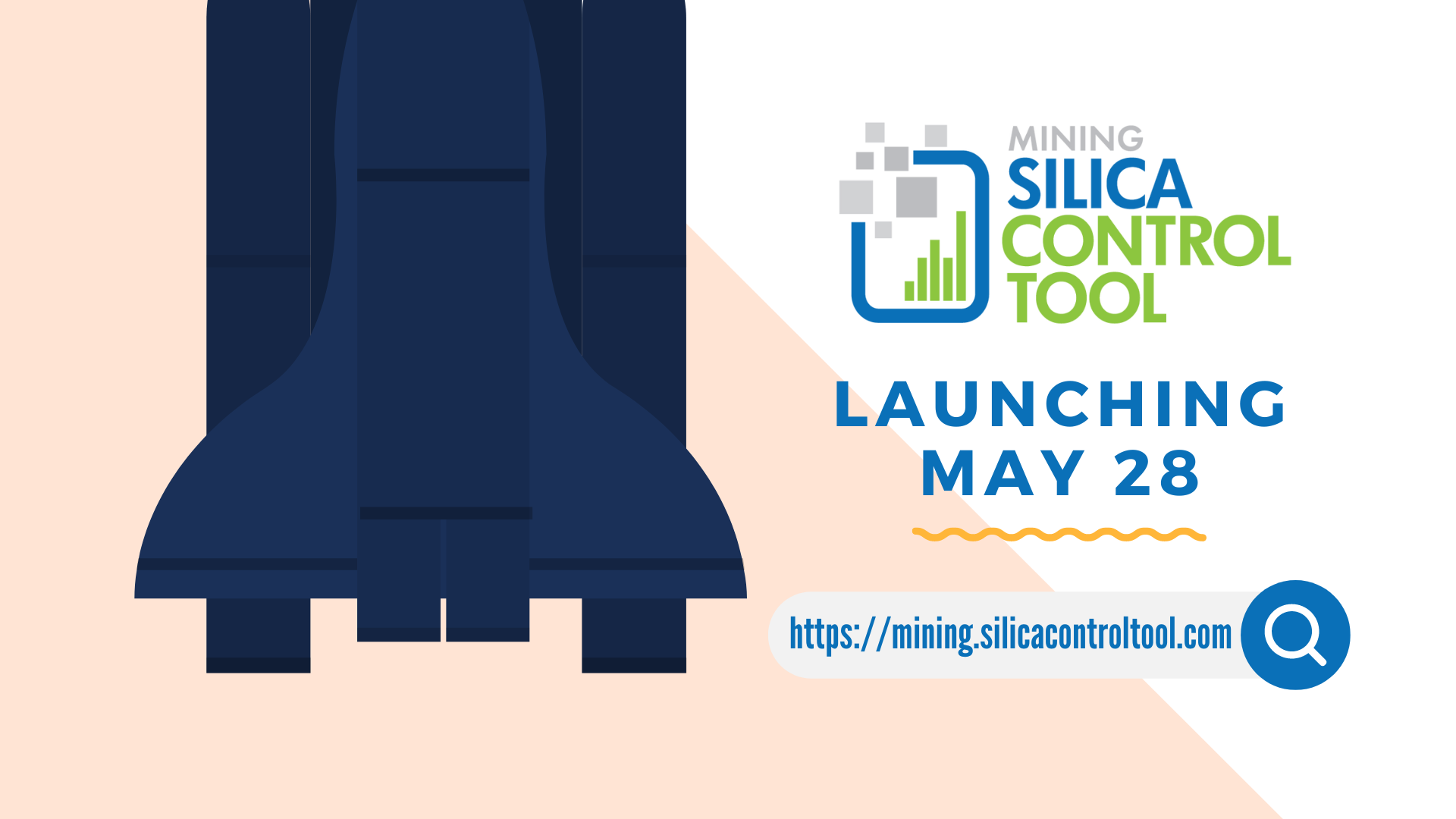Occupational Health

Starting May 28th, 2024, Q or G permit holders in the BC mining industry will have complete access to the Mining Silica Control ToolTM!
It's free to use on your phone, tablet, or computer!
Mining Silica Control Tool™ (the Tool)
Silica is the second most common mineral on earth. Respirable crystalline silica (RCS) is hazardous when airborne, and everyday operations such as drilling, hauling, crushing, and screening can put workers at risk of exposure. Breathing in silica can cause severe lung diseases such as silicosis, lung cancer, pulmonary tuberculosis, and chronic pulmonary disease.
The Mining Silica Control Tool™ is a resource designed explicitly for Q or G permit holders who produce sand, gravel, and construction aggregate materials. It assists in performing appropriate risk assessments and implementing effective controls and safe work practices where RCS dust may pose an occupational hazard. By using representative data on RCS dust exposures resulting from various materials, tools, and tasks in mining operations, the Tool can predict expected worker exposures under similar conditions.
Why use the Mining Silica Control Tool?
The Tool provides an accessible option for the stone, sand, and gravel sector to enhance worker health and safety and to support compliance with s.2.1.1 and s.2.1.3 of the Health, Safety and Reclamation Code (HSRC). The costs associated with using the tool are covered through your WorkSafeBC premiums.
Click here to register for the free Mining Silica Control Tool TM
Mining Silica Control Tool Training and Resources
Want to learn more about the Mining Silica Control Tool? Please watch the following presentation:
Mining Silica Control Tool Presentation (MP4, 100MB).
You may also download the video by clicking the "More Options", 3-dot button, in the bottom right hand of the screen.
Note: Generated captions have been added, which may contain errors.
For more information and assistance in using the Tool at your site, check out these resources:
Silica Control Tool News
Developing the Silica Control Tool (aiha.org) Synergist, April 2024.
This article details the development and success of the Silica Control Tool in the British Columbia Construction Industry.
Occupational Hygiene
Occupational hygiene, also called industrial hygiene, is the practice of preventing adverse health consequences due to exposures in the workplace. Occupational/industrial hygiene can be defined as the anticipation, recognition, evaluation and control of environmental stressors in or arising from the workplace that may result in injury, illness, impairment, or affect the well-being of workers.
Part 2 of the Health, Safety and Reclamation Code for Mines in British Columbia (Code) outlines the occupational health requirements for B.C. mining operations. The Code describes the responsibility of mine managers to develop and implement occupational health programs. Implemented programs serve to determine the health hazards which may arise from mining activity, evaluate those hazards and employ appropriate control measures. Required occupational health programs cover topics such as workplace exposure monitoring and medical surveillance.
The information and links below include guidelines and standards for best work practices related to the prevention of adverse health consequences in the workplace.
Chemical Handling, Use and Storage
Chemicals are used on mine sites for a variety of purposes such as metal extraction, lab analyses and cleaning equipment. The following document provides guidance on the use of perchloric acid and perchloric acid fume hoods.
Other guidelines to better clarify requirements set out in the Code are currently under development.
Lead Exposure
Lead exposure at mines is a concern if ore is lead containing (such as galena) and/or when lead is added during extraction or in another mining process. Lead is often used in fire assay, a laboratory method commonly used to extract gold. The following document provides guidance on reducing lead exposure in fire assay laboratories.
Lead exposure on mine sites can also occur from concentrate dust, welding or grinding materials containing lead, battery disposal and demolition activities.
